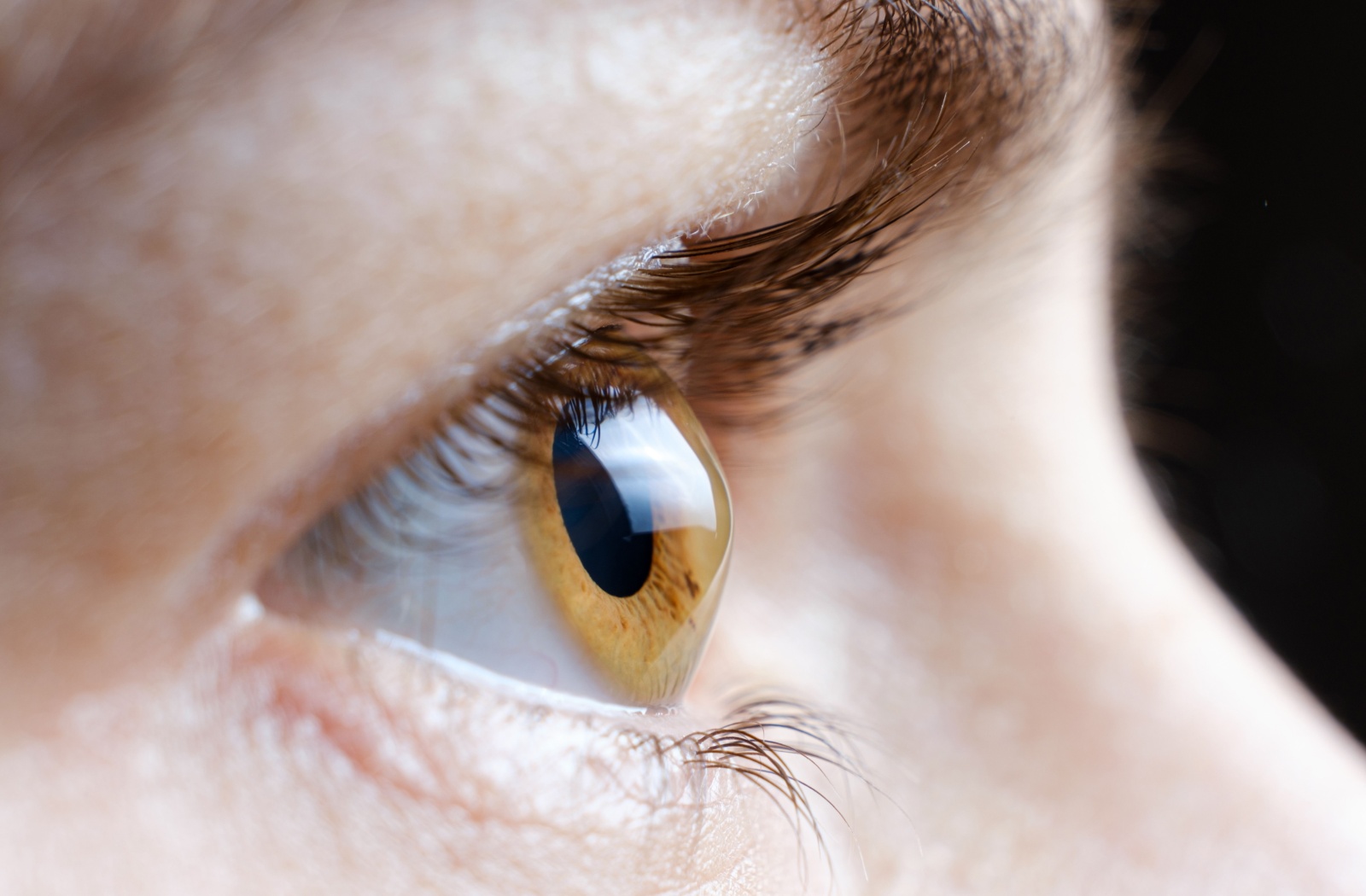All Categories
Featured
We commonly become aware of safeguarding our skin from unsafe ultraviolet (UV) rays, yet did you know that UV exposure can additionally considerably influence your eye health? Whether you're outdoors on a bright day or perhaps during gloomy weather, your eyes are continuously subjected to UV radiation. Extended direct exposure can boost the risk of various eye problems, some of which may lead to irreversible vision damage. Understanding the results of UV rays on your eyes and exactly how to shield them is vital for keeping long-term eye health and wellness.
Kinds of UV Rays. UV rays are categorized right into 3 kinds:
UVA Rays: These rays penetrate deep right into the skin and can additionally impact the inner layers of the eyes. UVB Rays: These rays primarily cause damage to the skin's surface area yet can also harm the cornea and lens of the eye. UVC Rays: While these are one of the most unsafe, they are mostly taken in by the Earth's environment and don't get to the surface. Both UVA and UVB rays are dangerous to your eyes, and over time, direct exposure can result in serious eye problems.
Short-Term Impacts of UV Exposure. Even quick direct exposure to extreme UV rays can cause instant eye damages. A common short-term condition is photokeratitis, commonly described as "sunburn of the eye." Symptoms of photokeratitis consist of:
Soreness and irritation. Level of sensitivity to light. Tearing or watery eyes. A sandy experience, as if something is embeded your eye. While the symptoms of photokeratitis are short-term and typically fix within a day or more, duplicated occurrences can have collective results on your vision.
Long-Term Results of UV Exposure. Chronic UV exposure can add to a number of significant eye problems, consisting of:
Cataracts: With time, UV rays can create clouding of the eye's lens, leading to cataracts, among the leading sources of loss of sight worldwide.
Macular Degeneration: Extended UV direct exposure can damage the retina, specifically the macula, leading to age-related macular degeneration (AMD), which affects central vision.
Pterygium: Additionally referred to as "surfer's eye," this problem entails the development of a fleshy cells on the white part of the eye, which can expand over the cornea and influence vision.
Skin Cancer Cells Around the Eyes: The delicate skin around the eyes is prone to UV radiation, raising the danger of skin cancer, such as basal cell cancer.
Pinguecula: UV exposure can also lead to yellowish down payments on the conjunctiva, which can cause irritation and discomfort.
Just How to Protect Your Eyes from UV Rays. Wear Sunglasses with UV Protection: Constantly choose sunglasses labeled as obstructing 100% of UVA and UVB rays. Wrap-around styles offer additional security by obstructing UV rays from the sides.

Utilize a Wide-Brimmed Hat: Hats with a vast brim can lower UV direct exposure by as much as 50%, supplying added protection for your eyes and face.
Avoid Top Sun Hours: UV rays are greatest in between 10 a.m. and 4 p.m. Limiting your outside activities during these hours can help lessen direct exposure.
Don't Forget Kids: Kid's eyes are extra sensitive to UV rays, so ensure they wear sunglasses and hats when outdoors.
Use UV-Blocking Call Lenses: If you put on calls, ask your eye care provider about UV-blocking lenses for included security.
Stay Protected Year-Round: UV damage isn't limited to summer; rays can reflect off surface areas like water, sand, and snow, making eye security needed all year.
Final thought. Shielding your eyes from UV rays is important to preserving your vision and total eye wellness. By taking straightforward safety measures like putting on UV-protective sunglasses, restricting direct exposure during peak hours, and regularly seeing an eye treatment professional, you can secure your eyes from the hazardous results of UV radiation.
Latest Posts
Floor Covering Specialists That Treat You Like Household
Unlock Great Deals with Montclare Auto Repair Service Promotions - Available for a Short Time!
Simplify Your Financial resources with WyHy's Coinstar Service
More
Latest Posts
Floor Covering Specialists That Treat You Like Household
Unlock Great Deals with Montclare Auto Repair Service Promotions - Available for a Short Time!
Simplify Your Financial resources with WyHy's Coinstar Service